Finding hope in small things that can hold greatness
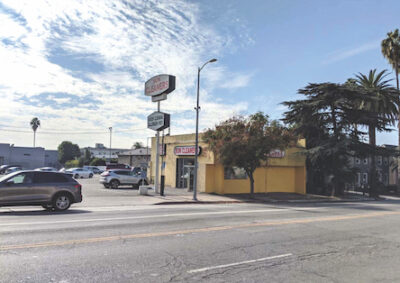
FORMER STUDIO of Corita Kent from 1962 to 1968 has been a dry cleaning establishment for the past 30 years.
Last month, the City of Los Angeles Cultural Heritage Commission recommended that the City Council designate the former print studio of Sister Mary Corita Kent, the “Pop Art Nun,” as an Historic-Cultural Monument — thus ending the year with a ray of hope.
With all the challenges that our fair city has endured in the past year, be it the pandemic, economic collapse and social unrest, the declaration of such a humble landmark, altered, aged and standing in the way of development, showed that Los Angeles had not relinquished its duty to preserve and protect its heritage even as it continues to re-examine and broaden what that heritage is.
The small building at 5518 Franklin Ave., just west of Western Avenue, a dry cleaning establishment for the past 30 years, was where Corita and her students made prints between 1962 and 1968.
Corita Kent lived and created during a tumultuous time, the late 1960s, which informed her character and art in significant ways. A religious sister and part of a teaching order, Sisters of the Immaculate Heart, Kent was inspired by the changes in the Catholic Church introduced through Vatican II. Her work melded American corporate advertising graphics with religious texts, social and — later — political messaging, in an effort to elevate common art and everyday graphics to transcendence. Theologian Harvey Cox is quoted as saying about her art, “She could pass her hands over the commonest of everyday, the superficial, the oh-so-ordinary, and make it a vehicle of the luminous … and the hope filled.”
Kent’s work is highly respected and influential, and it is in the collections of the Los Angeles County Museum of Art, the Whitney Museum, the Museum of Fine Arts in Boston and the Metropolitan Museum in New York. However, as a woman and a religious sister whose career was tragically cut short by cancer, Corita’s legacy as a Los Angeles artist and cultural figure is not as well known. The designation of her former studio as a city Historic-Cultural Monument will provide a tangible connection to her history, given that most of the structures associated with her at Immaculate Heart College are now lost.
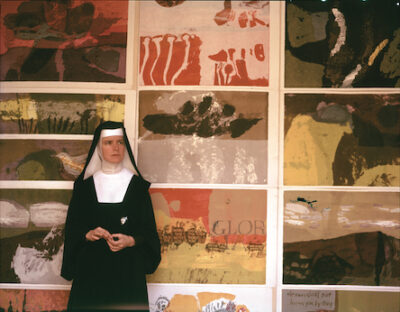
SISTER MARY CORITA, circa 1965.
Image courtesy of the Corita Art Center, Immaculate Heart Community
As a preservation question, the designation of this site is also remarkable in that the studio had been heavily altered over time. A functional and utilitarian building, even during Corita’s residence, her studio space subsequently became a health food store and ultimately the dry cleaner’s.
This case demonstrates the challenge in landmarking non-residential sites, especially those associated with cultural figures as well as marginalized communities, because such heritage is often not grand or picturesque, but homely. Another such site is one designated in January of 2020, the Monday Women’s Club in Venice. Scarcely more than a deteriorating shack, that building is a rare remaining example of an African-American women’s clubhouse used at a time when Black women were unable to join white women’s clubs.
The Greater Wilshire community received its own humble landmark this year with the designation of the Sycamore Bungalow Court (617-623 1/2 N. Sycamore Ave.), which is an increasingly rare type of Los Angeles housing once ubiquitous in the local urban landscape and, of which, approximately 350 remain citywide. A similar bungalow court was demolished on Norton Ave. in 2017 by the infamous Wiseman Residential development company that has a track record of unpermitted demolitions of historic structures including one in Hollywood earlier this year.
2020 has been a year of finding hope in small things. It is fitting that the city, in seeking to deepen and enrich its collection of historic resources, should find room to include such lowly structures as Sister Corita Kent’s studio, recognizing that sometimes the unremarkable can hold great significance and reflect hope for a better world. It brings to mind, especially at this time of year, another modest structure that legend has it served a purpose far greater than its worth — the manger of the nativity.
By Brian Curran
Category: Entertainment

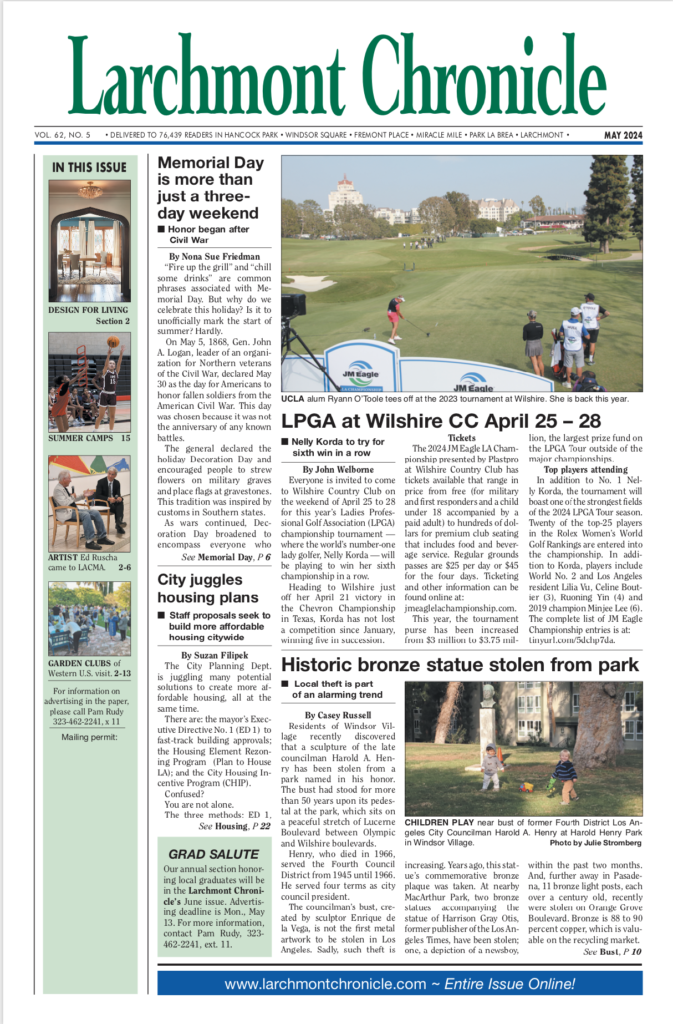

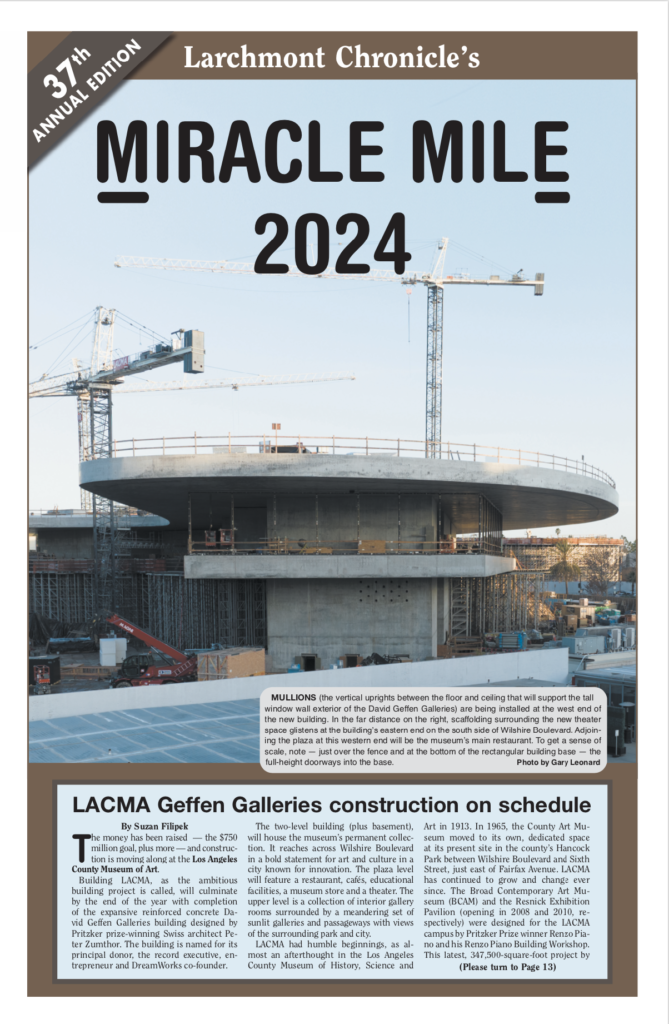
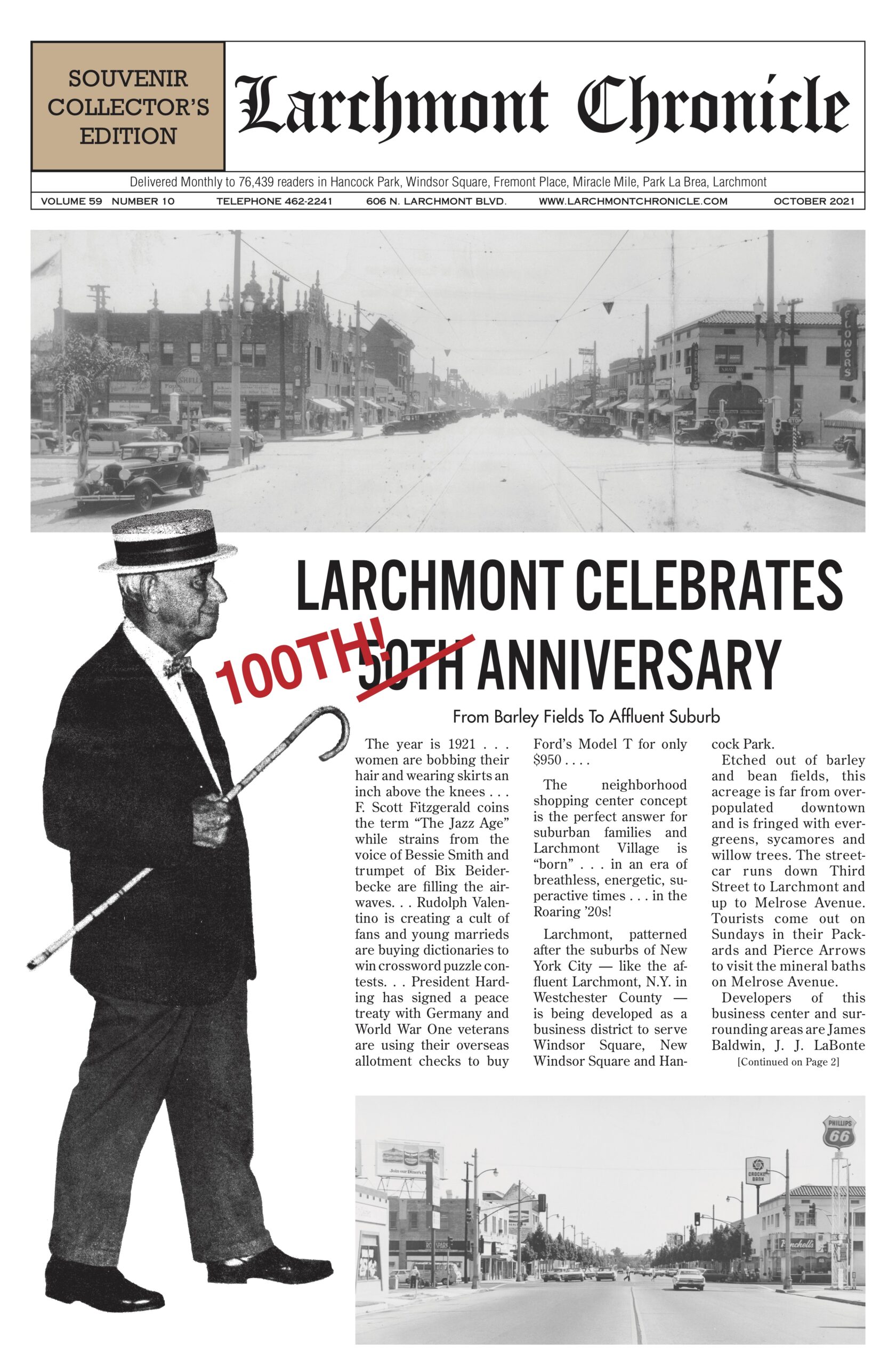
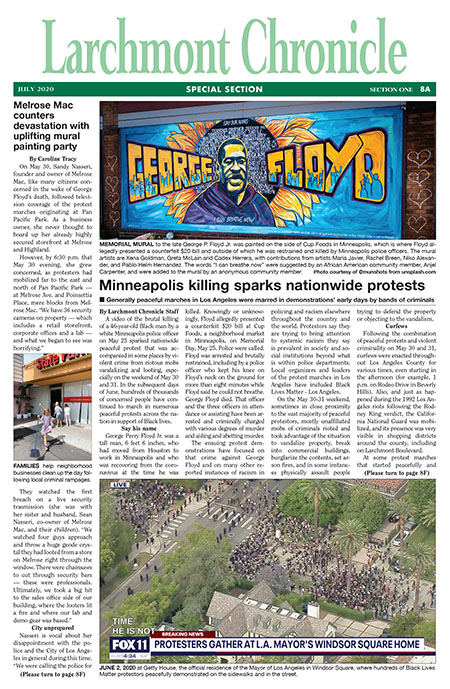


Wonderfully put, thank you Brian for shining a light on these!